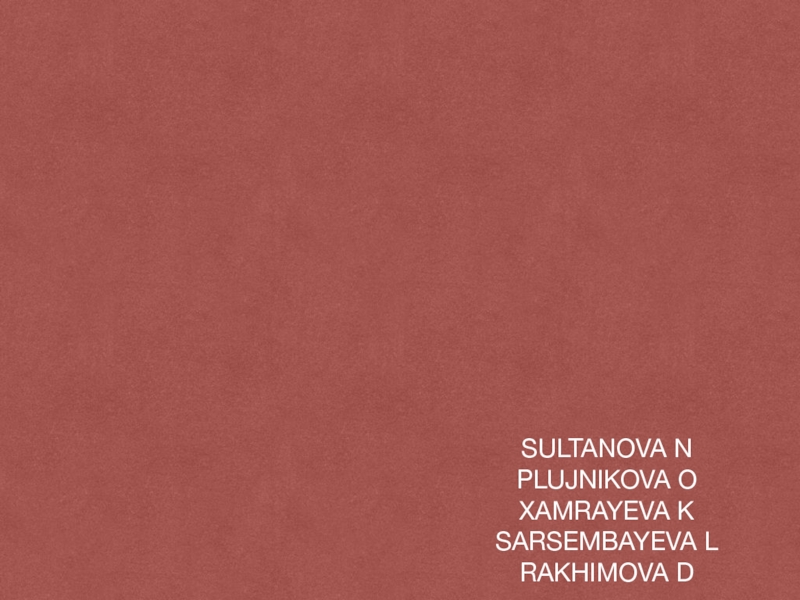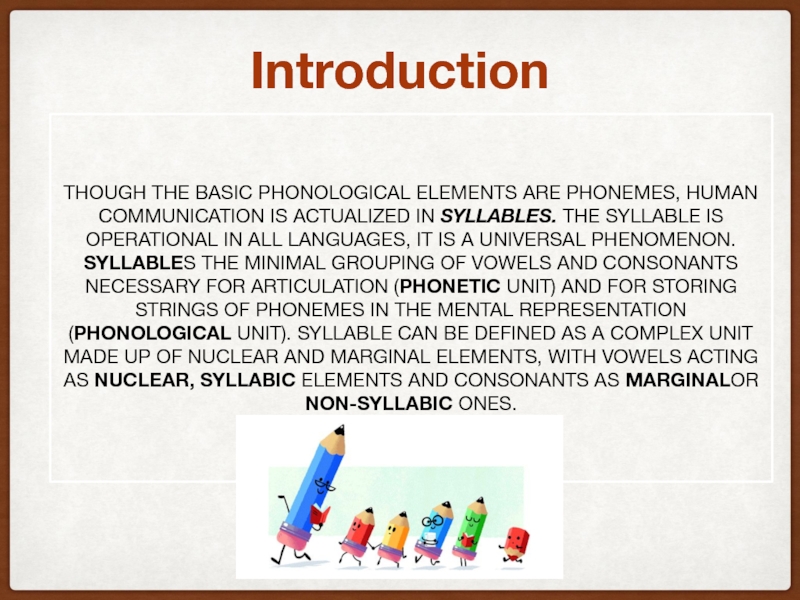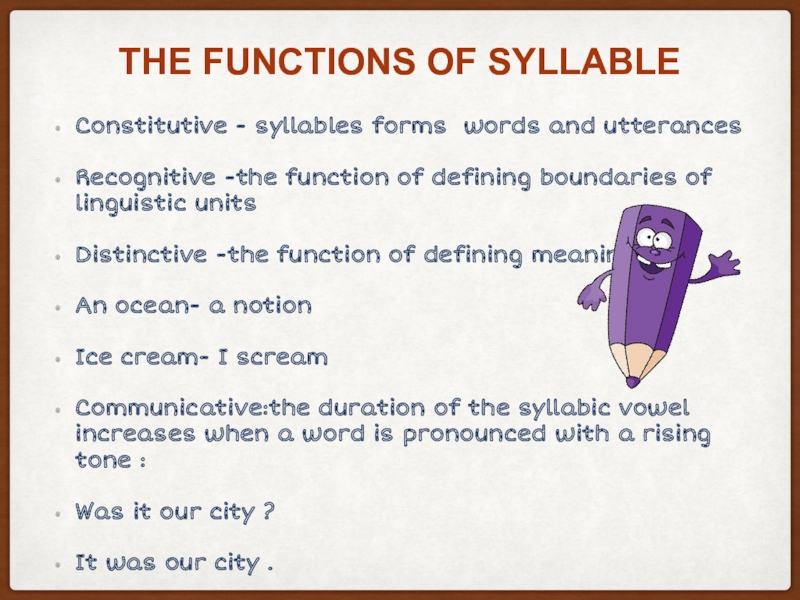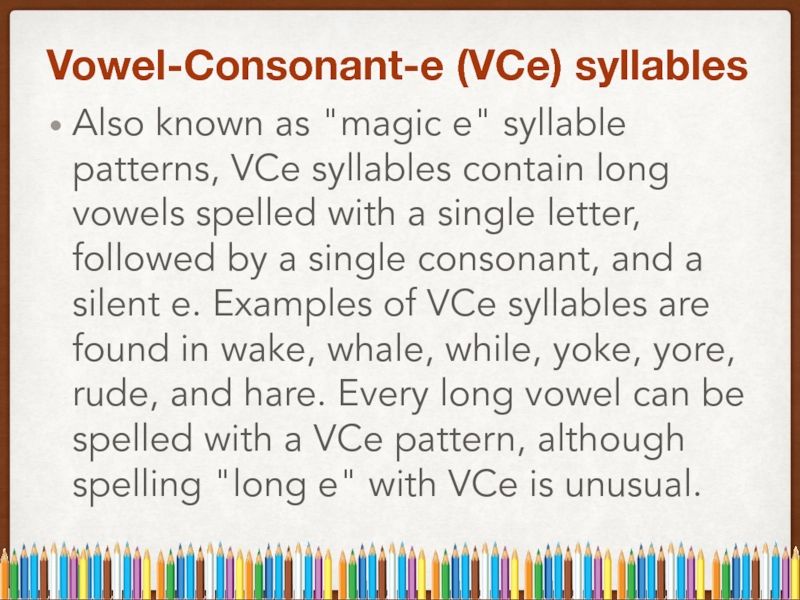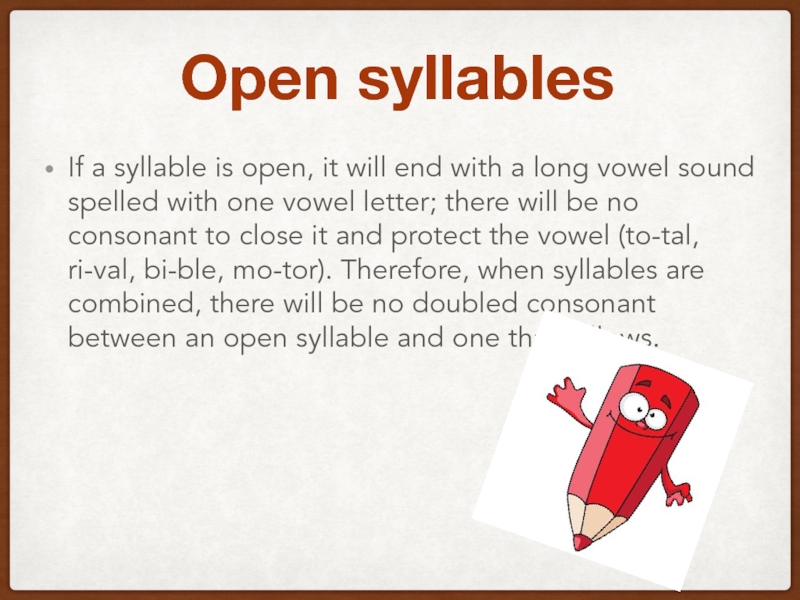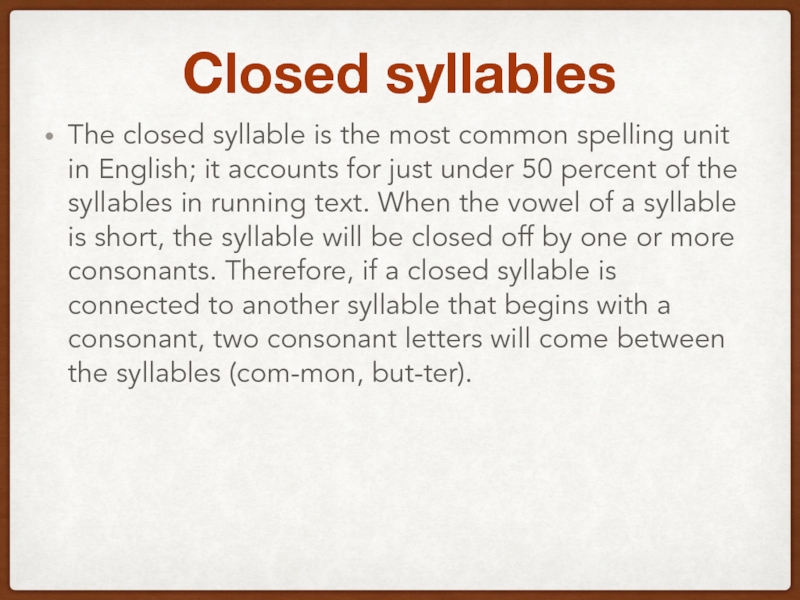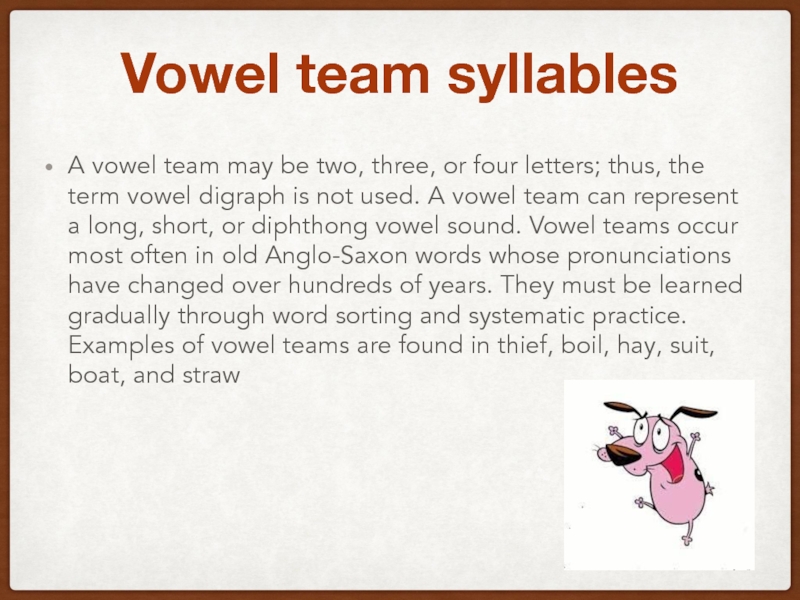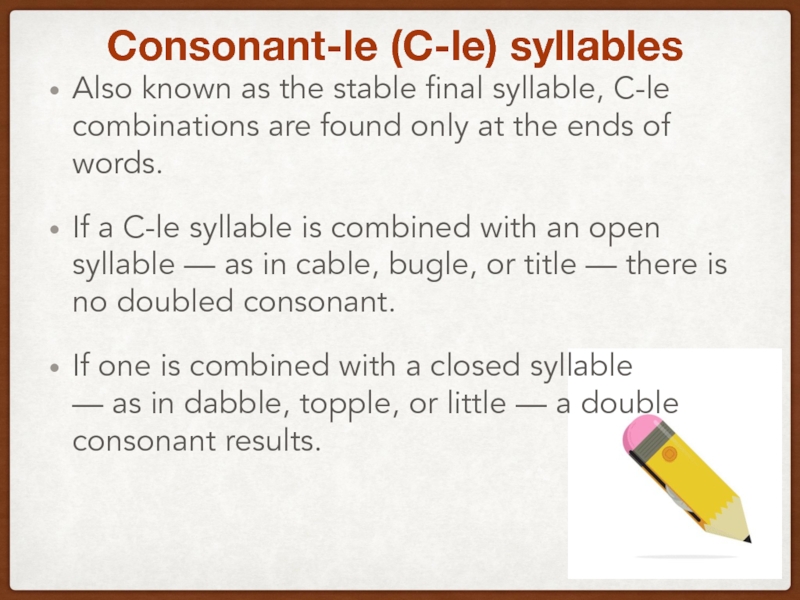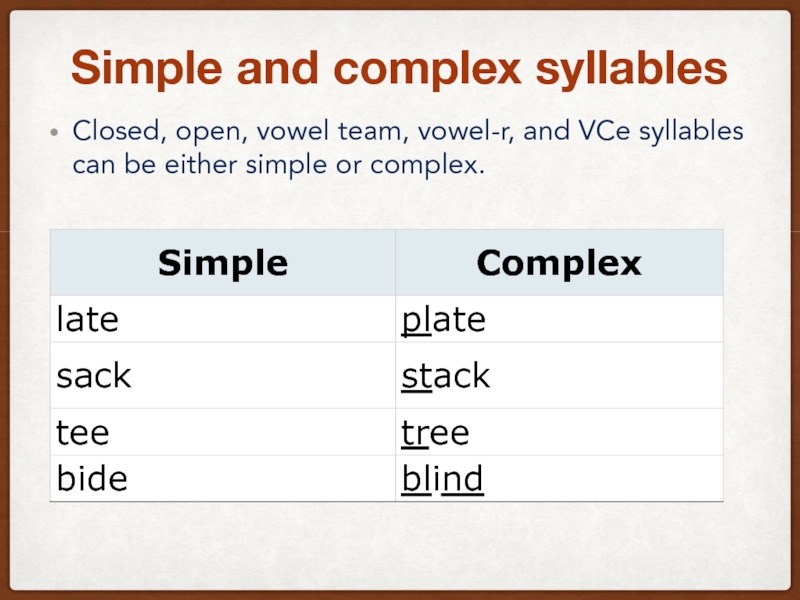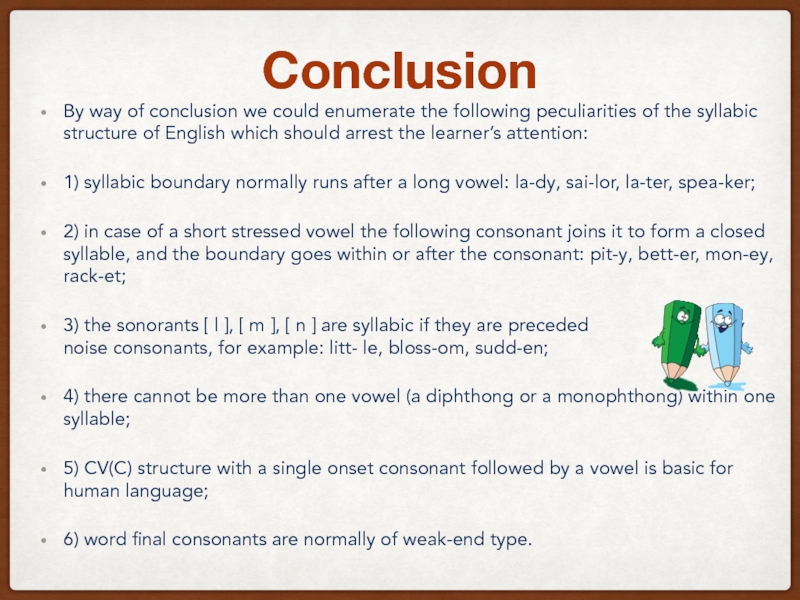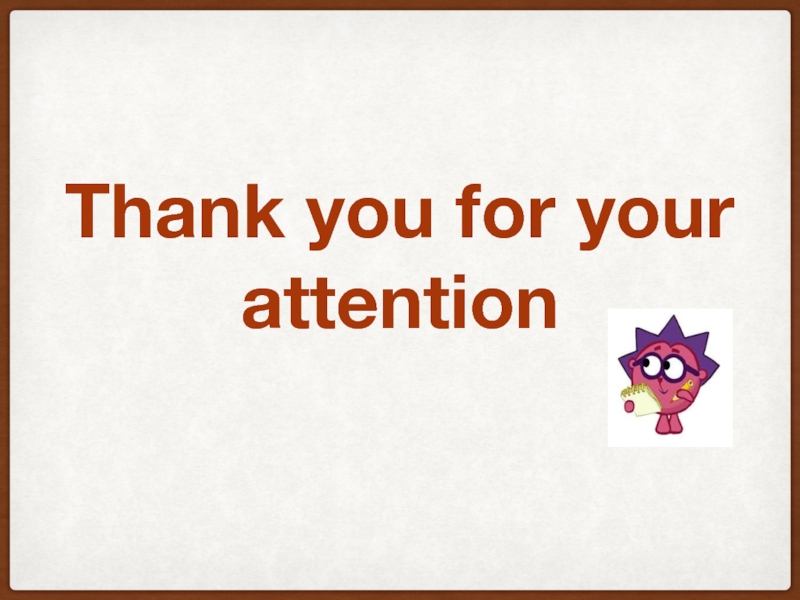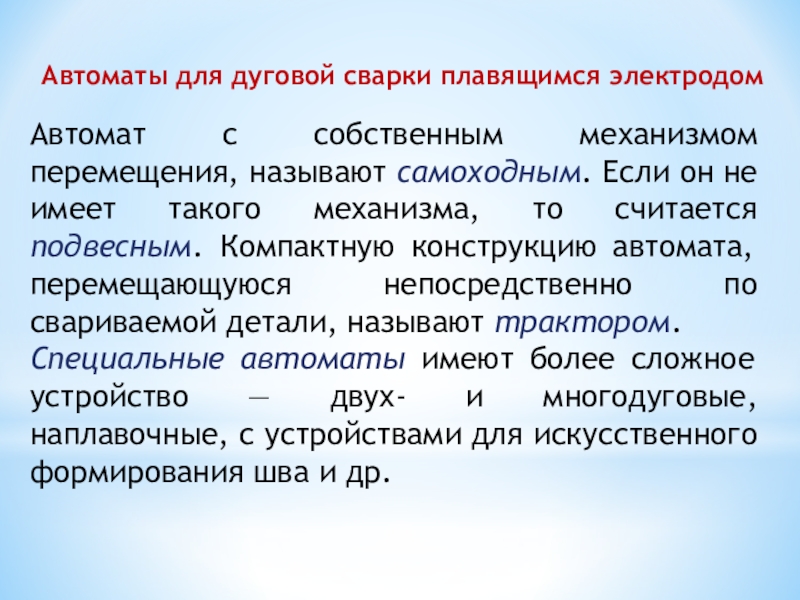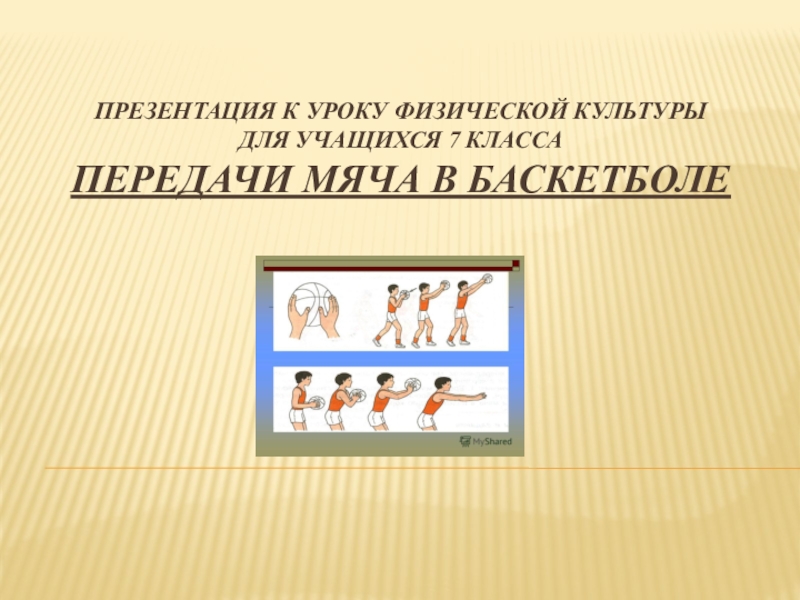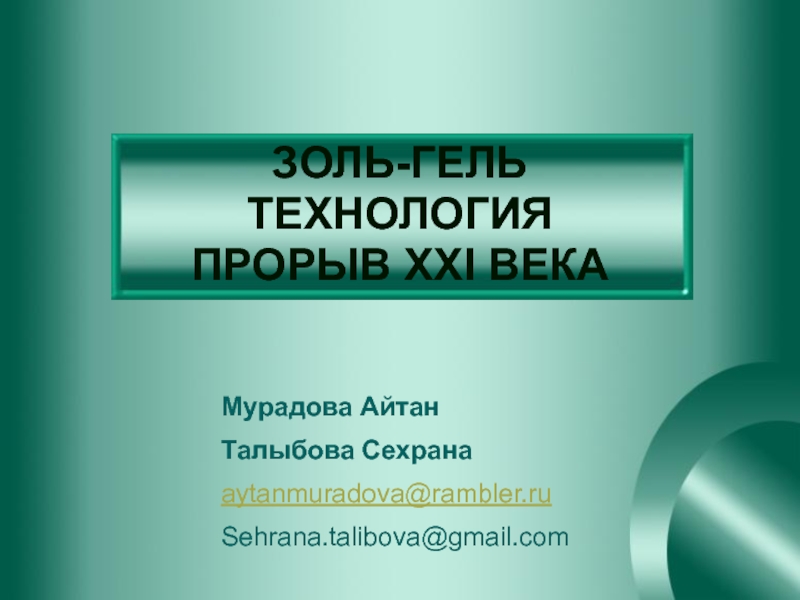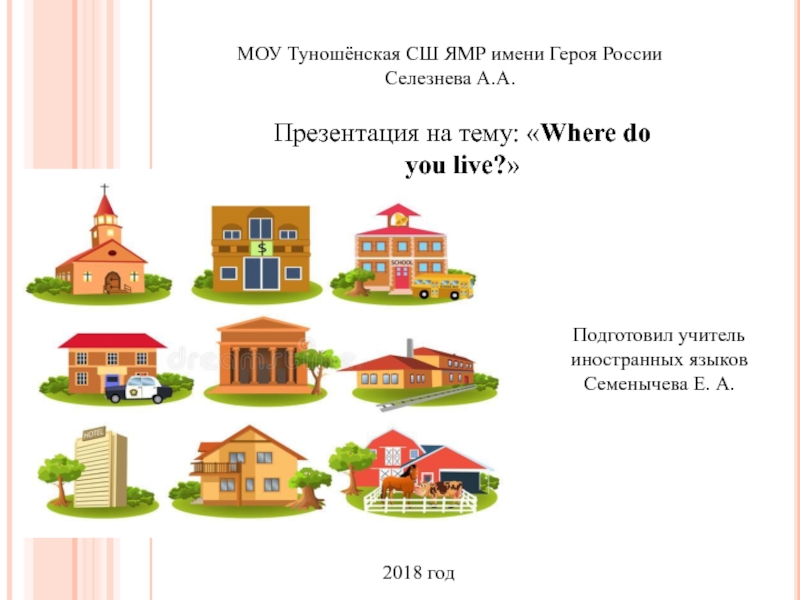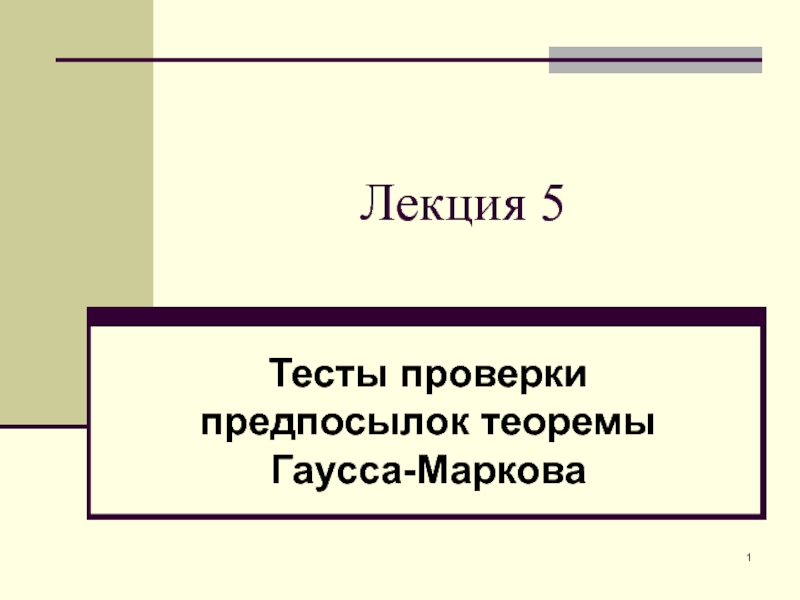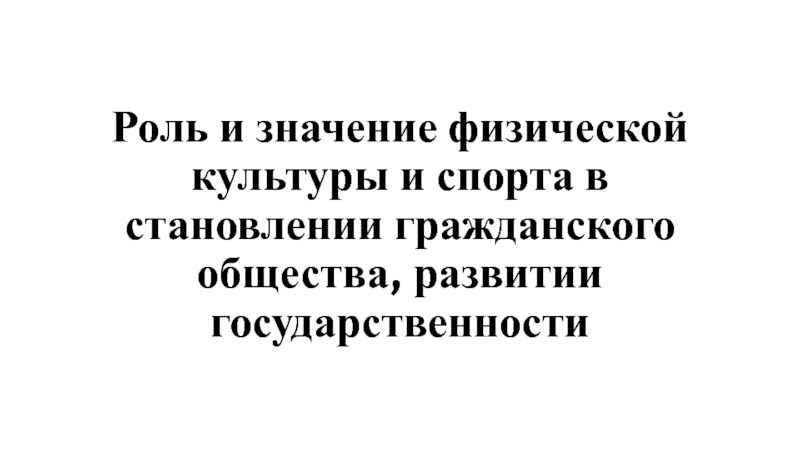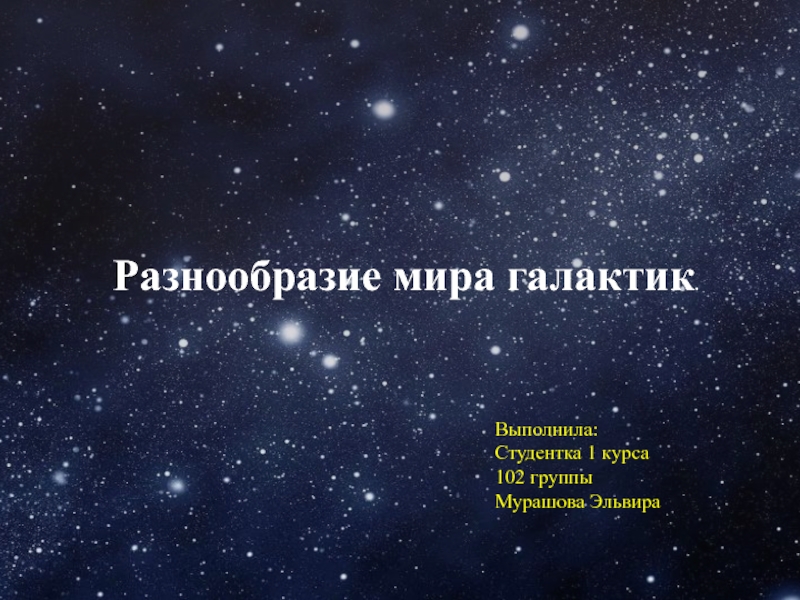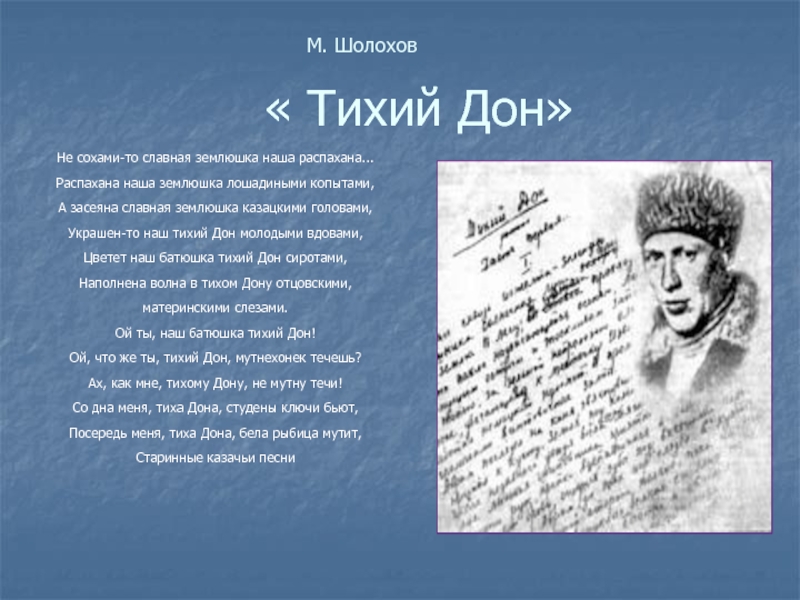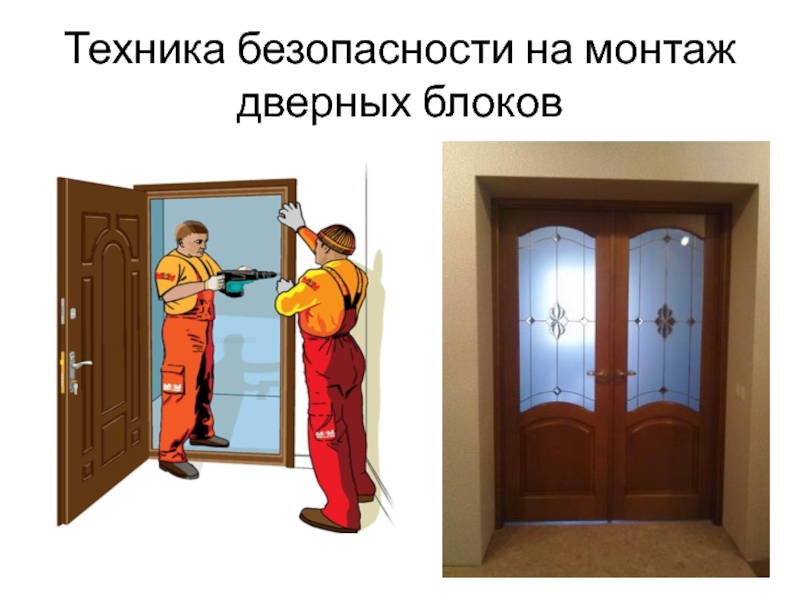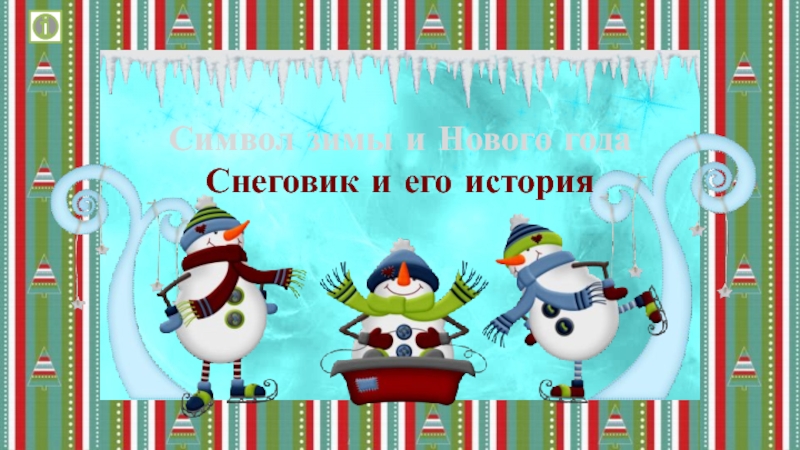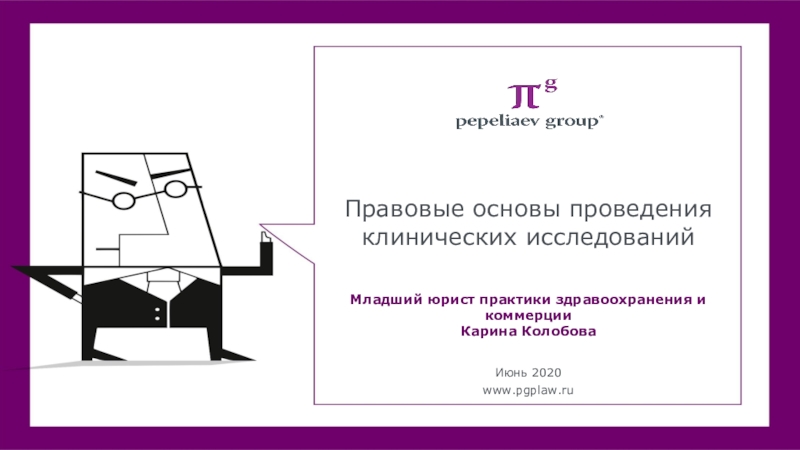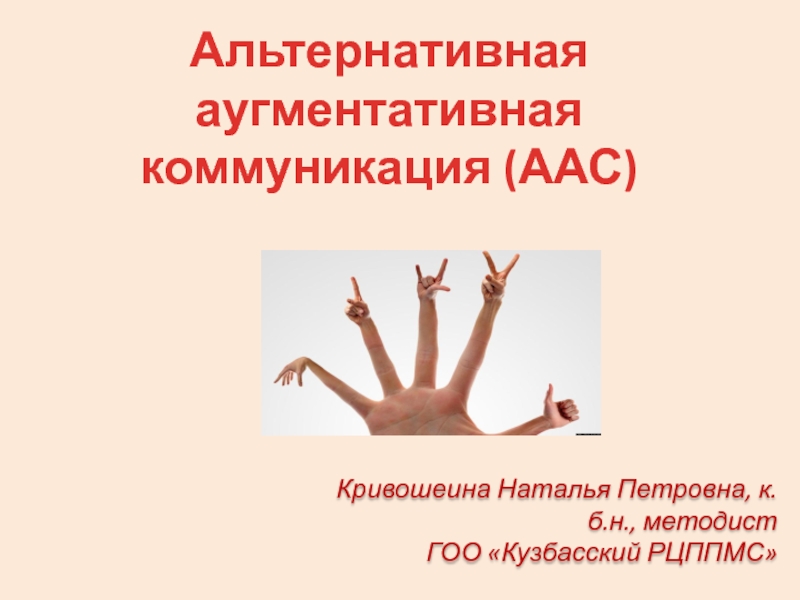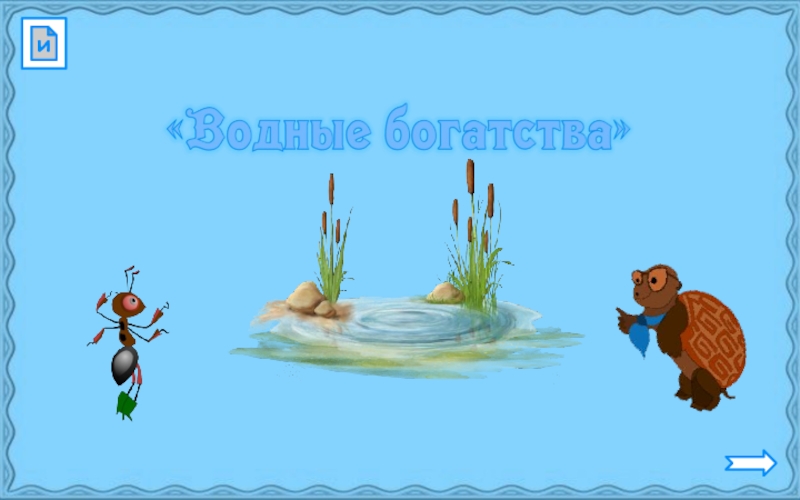Слайд 1Sultanova n
Plujnikova O
Xamrayeva K
Sarsembayeva L
Rakhimova D
Слайд 2Introduction
Though the basic phonological elements are phonemes, human communication is
actualized in syllables. The syllable is operational in all languages,
it is a universal phenomenon.
Syllables the minimal grouping of vowels and consonants necessary for articulation (phonetic unit) and for storing strings of phonemes in the mental representation (phonological unit). Syllable can be defined as a complex unit made up of nuclear and marginal elements, with vowels acting as nuclear, syllabic elements and consonants as marginalor non-syllabic ones.
Слайд 3THE FUNCTIONS OF SYLLABLE
Constitutive - syllables forms words and utterances
Recognitive -the function of defining boundaries of linguistic units
Distinctive
-the function of defining meanings
An ocean- a notion
Ice cream- I scream
Communicative:the duration of the syllabic vowel increases when a word is pronounced with a rising tone :
Was it our city ?
It was our city .
Слайд 5Vowel-Consonant-e (VCe) syllables
Also known as "magic e" syllable patterns, VCe
syllables contain long vowels spelled with a single letter, followed
by a single consonant, and a silent e. Examples of VCe syllables are found in wake, whale, while, yoke, yore, rude, and hare. Every long vowel can be spelled with a VCe pattern, although spelling "long e" with VCe is unusual.
Слайд 6Open syllables
If a syllable is open, it will end with
a long vowel sound spelled with one vowel letter; there
will be no consonant to close it and protect the vowel (to-tal, ri-val, bi-ble, mo-tor). Therefore, when syllables are combined, there will be no doubled consonant between an open syllable and one that follows.
Слайд 7Closed syllables
The closed syllable is the most common spelling unit
in English; it accounts for just under 50 percent of
the syllables in running text. When the vowel of a syllable is short, the syllable will be closed off by one or more consonants. Therefore, if a closed syllable is connected to another syllable that begins with a consonant, two consonant letters will come between the syllables (com-mon, but-ter).
Слайд 8Vowel team syllables
A vowel team may be two, three, or
four letters; thus, the term vowel digraph is not used.
A vowel team can represent a long, short, or diphthong vowel sound. Vowel teams occur most often in old Anglo-Saxon words whose pronunciations have changed over hundreds of years. They must be learned gradually through word sorting and systematic practice. Examples of vowel teams are found in thief, boil, hay, suit, boat, and straw
Слайд 9Consonant-le (C-le) syllables
Also known as the stable final syllable, C-le
combinations are found only at the ends of words.
If
a C-le syllable is combined with an open syllable — as in cable, bugle, or title — there is no doubled consonant.
If one is combined with a closed syllable — as in dabble, topple, or little — a double consonant results.
Слайд 10Simple and complex syllables
Closed, open, vowel team, vowel-r, and VCe
syllables can be either simple or complex.
Слайд 11Conclusion
By way of conclusion we could enumerate the following peculiarities
of the syllabic structure of English which should arrest the
learner’s attention:
1) syllabic boundary normally runs after a long vowel: la-dy, sai-lor, la-ter, spea-ker;
2) in case of a short stressed vowel the following consonant joins it to form a closed syllable, and the boundary goes within or after the consonant: pit-y, bett-er, mon-ey, rack-et;
3) the sonorants [ l ], [ m ], [ n ] are syllabic if they are preceded by noise consonants, for example: litt- le, bloss-om, sudd-en;
4) there cannot be more than one vowel (a diphthong or a monophthong) within one syllable;
5) CV(C) structure with a single onset consonant followed by a vowel is basic for human language;
6) word final consonants are normally of weak-end type.
